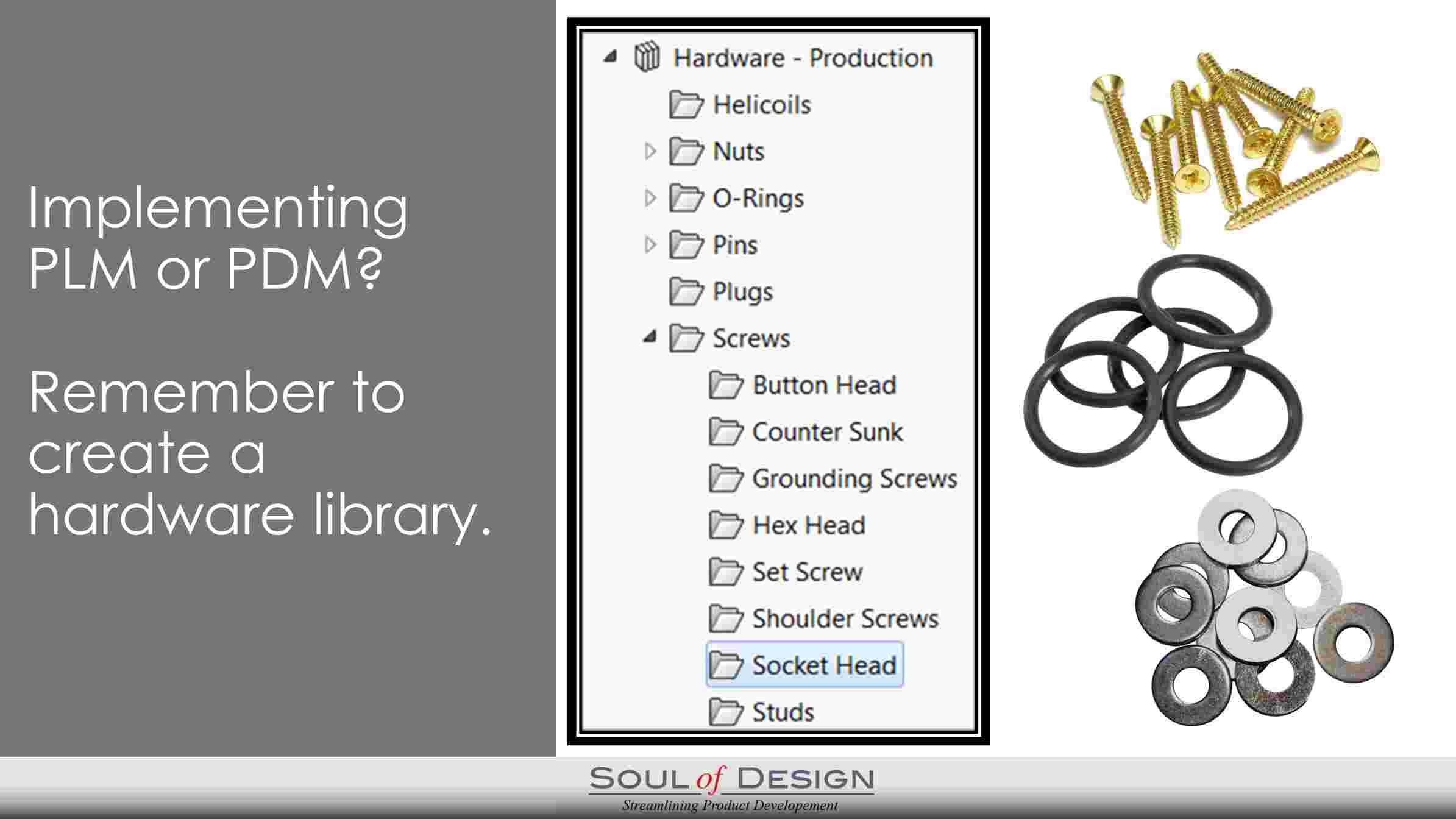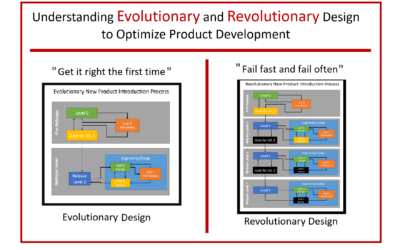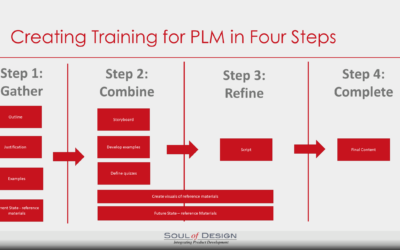When initially standing up a PLM or PDM system, it is easy to overlook the creation of a hardware library. Afterall, there are so many things to do and setting up a hardware library seems like an un-necessary task. It is simple enough to allow engineers to select their own hardware from McMaster-Carr or Grainger and add it to a project space.
At first this is not problem, but after a limited time and a few projects, the library becomes littered with duplicate hardware or hardware which is almost identical, but not the same. (For a further discussion about duplicative parts, see the blog Duplicate Part Proliferation. )
In short time, this disorganized hardware begins to cause a variety of problems, such as:
- Lost design time from engineers searching for hardware and creating redundant hardware when the hardware is not found.
- Increased costs because duplicate hardware and similar hardware result in smaller lot purchases, eliminating the cost effectiveness of buying in large lots.
- Reduced quality because of varying and inconsistent specifications on the hardware
- Inefficient use of inventory space, since smaller lots of hardware must be managed.
As time goes on, the problems continue to grow and the effort to correct problems becomes more complicated. So, to avoid the problems, simply create a hardware library when initially setting up the PDM/PLM system.
Below are some considerations for creating a hardware library in PDM/PLM systems.
- Create a folder structure for the library which provides a sensible classification of the hardware.
- Create two hardware libraries:
- A production hardware library for hardware which goes into the high-volume production. All the hardware is carefully reviewed and approved for release with production components
- A specialty hardware library for hardware which is used for tooling and fixtures and prototypes. Specialty hardware is typically purchased for low volume builds and typically would not require as stringent review as production hardware.
- Designate an individual to be a hardware librarian or a “Component Data Specialist”. The hardware librarian should be responsible for reviewing and approving hardware and should be available to help engineers select appropriate hardware. Depending on the size of the group, the hardware librarian does not have to be a full-time job.
- Keep the library organized by creating hardware using a CAD design tables to create hardware of different sizes.
If you have any additional ideas to consider when creating a hardware library, please feel free to leave a comment below. If you have additional questions, please feel free to reach out to Soul of Design with any questions – Info at SoD.





0 Comments